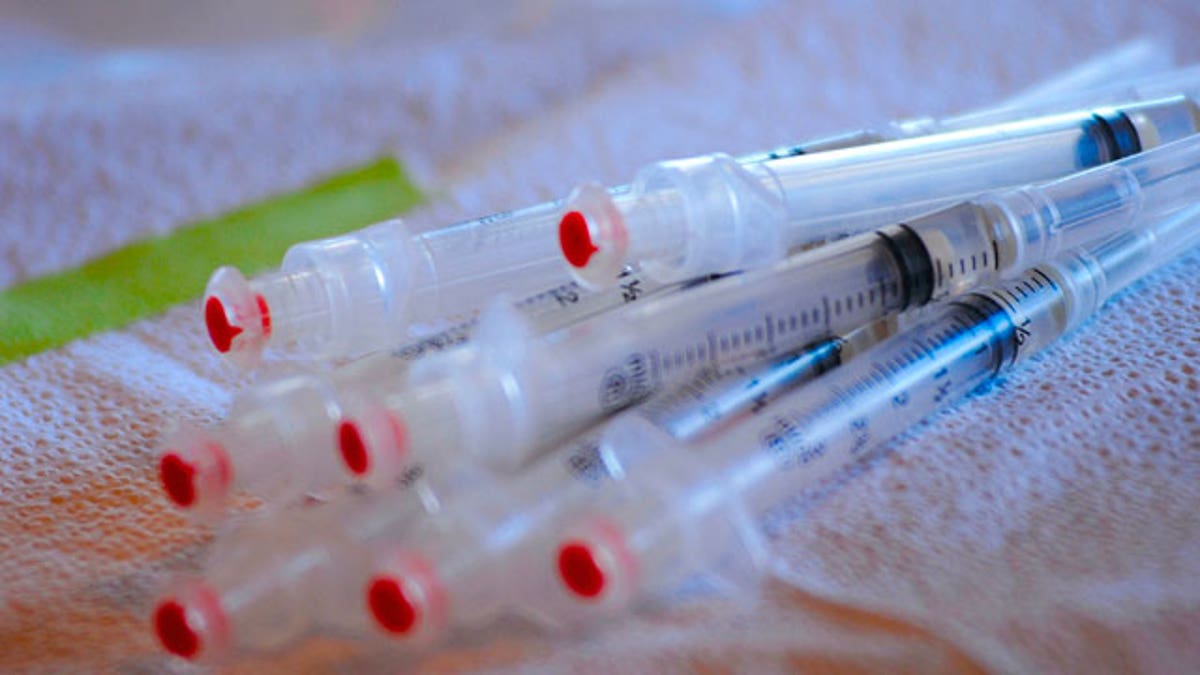
The percentage of U.S. toddlers who receive the vaccine for measles, mumps and rubella (MMR) remains above the target of 90 percent, according to a new report from the Centers for Disease Control and Prevention (CDC). However, there are 15 states where lower percentages of 1- to 3-year-olds receive this vaccine, the report said.
Additionally, the national rates of children this age receiving the vaccines against hepatitis B, poliovirus and varicella (chickenpox) are above the target of 90 percent, the report said.
However, coverage varies by state and local areas, and "low vaccination coverage is a concern, especially for extremely transmissible diseases like measles," the researchers said in a statement.
The 15 states that fell short of the 90 percent target for the MMR vaccine were Arizona (86.7 percent), Colorado (88.4 percent), Idaho (89.5 percent), Iowa (86.7 percent), Michigan (87.6 percent), Mississippi (89.6 percent), Missouri (88.2 percent), Montana (87.8 percent), South Carolina (89.3 percent), South Dakota (89.2 percent), Utah (88.8 percent), Virginia (89 percent), Washington (89.3 percent), West Virginia (85.8 percent) and Wyoming (85.6 percent).
For many vaccines, lower rates of coverage were seen in children whose families live below the poverty line, according to the report.
Only two states — Nebraska and Hawaii — met the 90 percent target for the DTaP vaccine, which protects against diphtheria, tuberculosis and pertussis (also called whooping cough), according to the report. Most states had coverage rates between 80 and 90 percent for this vaccine, which is administered in a series of four injections. The national coverage rate was 84.6 percent.
The report is based on the data gathered during the CDC's 2011 National Immunization Survey. Researchers interviewed parents of 19,500 children born between January 2008 and May 2010, and followed up with the children's doctors to obtain their immunization records. The results were weighted to be nationally representative.
Between 2010 and 2011, there were increases in the percentages of children who received several vaccines, with the biggest increase — from 66.8 percent to 80.4 percent — coming in those who received the full series of shots for the Hib vaccine, which protects against one type of bacterial meningitis. There were also increases in the rates of children receiving the vaccines against hepatitis B and A, and rotavirus.
National coverage has remained stable since the mid-1990s for the MMR vaccine, the DTaP vaccine, the varicella vaccine and poliovirus vaccine, according to the report.
Vaccines have had a substantial effect on the rates of diseases, the CDC said. Since the introduction of the hepatitis A vaccine, the rate of the disease has dropped 93 percent compared with the pre-vaccine rate. Hospitalizations for rotavirus infections in infants and young children have decreased from 66 percent to 89 percent, and the rate of pneumonia in children under age 5 caused by streptococcus bacteria has decreased by 99 percent by 2007.
Less than 1 percent of toddlers received no vaccines, according to the report.
- 5 Dangerous Vaccination Myths
- How Do You Know Your Kids' Immunizations Are Up to Date?
- 10 Ways to Promote Kids' Healthy Eating Habits
Copyright 2012 MyHealthNewsDaily, a TechMediaNetwork company. All rights reserved. This material may not be published, broadcast, rewritten or redistributed.
